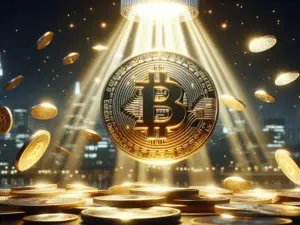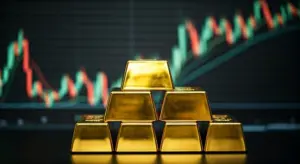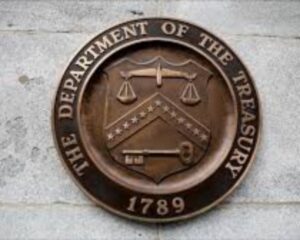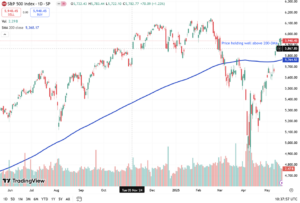At JPMorgan Chase’s annual Investor Day event, CEO Jamie Dimon issued a cautionary message, saying that markets are showing an “extraordinary amount of complacency” following a swift rebound from earlier tariff-related declines. “The market dropped 10% and then went back up 10%,” Dimon said. “That’s a lot of complacency.”
He warned that the full impact of President Donald Trump’s recent tariff policies is still unclear, and the underlying risks — particularly higher inflation and even stagflation — are far more serious than most investors currently believe.
Stagflation, a condition where inflation rises even as economic growth stalls, is a real possibility, according to Dimon. “The odds of stagflation are probably two times what the market expects,” he said, citing trade disruptions and persistent inflationary pressures.
He also pointed to the U.S.’s current tariff framework, which includes a 10% baseline reciprocal duty and additional levies on specific industries. While some of the more severe tariffs have been temporarily paused during ongoing trade negotiations, Dimon described the current levels as “pretty extreme.”
Beyond economic data, Dimon highlighted global geopolitical instability as a serious concern. “Geopolitical risk is very, very, very high,” he said. “How it plays out in the next few years, we don’t know.”
On a more personal note, Dimon addressed questions about his tenure at JPMorgan. Now 69 years old, he said the plan remains the same as last year: he may stay on as CEO for a few more years and then serve as executive chairman for another two to three years. “That’s a long time. That’s like a lot of the present value of the world,” he joked.
Dimon first signaled his intention to step down during last year’s event and reiterated in January that his “base case” was to continue as CEO for a few more years. When pressed for a concrete timeline, he maintained a cautious tone, saying it was ultimately up to the board.
His broader message, however, focused on warning investors not to underestimate the risks still lurking beneath the surface. With markets bouncing back from the so-called “Liberation Day” losses and investor sentiment turning upbeat, Dimon’s words served as a stark reminder of the complex forces shaping the global economy.





